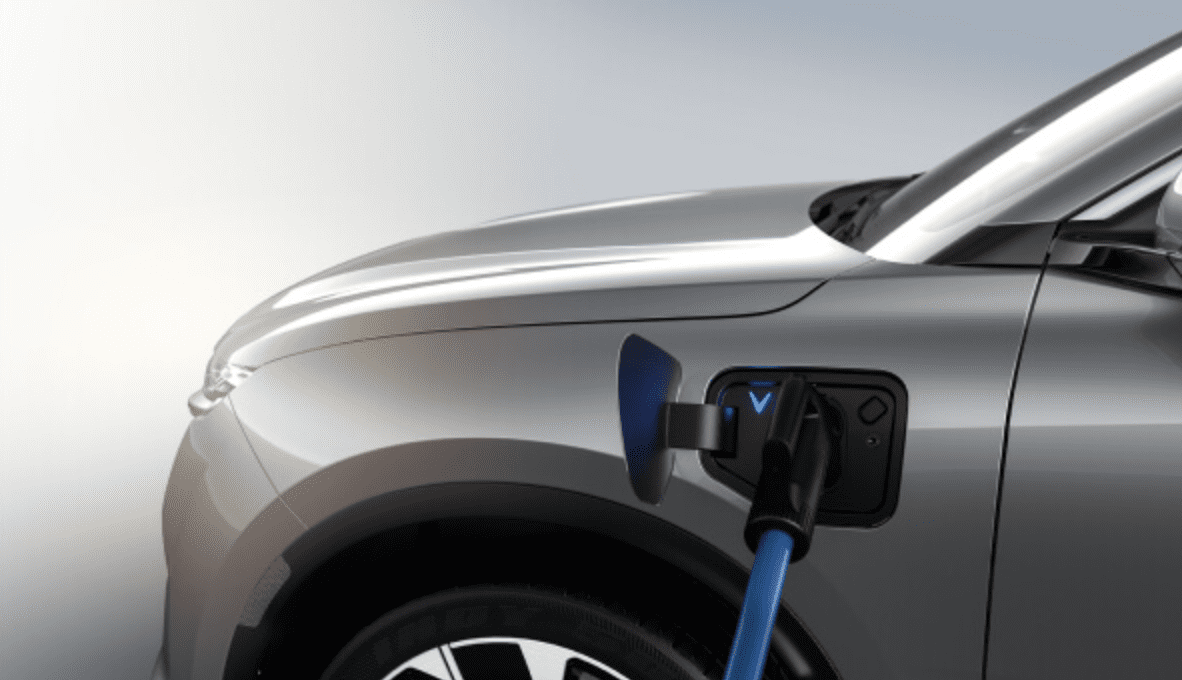High-strength plastics have increasingly taken the place of metal in various locations of the car. Bringing numerous advantages including better fuel efficiency through lightweighting and resistance from rust, automotive OEMs have been able to capitalise on the paralleled strength and durability of plastics. With superior design flexibility and lower manufacturing costs, the lightweighting benefits of plastics also negate the conductive qualities of metal and can offer greater environmental value through reduced waste.
 |
One of the biggest challenges to lightweighting in any material, however, is the re-tooling for scaling manufacture. Due to the interdependent nature of vehicle design, cost-prohibitive solutions often aren’t invalidated in principle, or prototype. In many cases it’s simply not possible to scale the manufacturing of the proposed solution at an achievable cost. To date, this has been especially true of ‘the plastic car’. An innovation of Henry Ford, the 1940s ‘soybean car’ used body panels and bumpers derived from a resin that combined soybeans, wheat, corn and formaldehyde. The concept car saw a reduction of 25% in vehicle mass.
It’s time to log in (or subscribe).
Not a member? Subscribe now and let us help you understand the future of mobility.
Scroll
News
Magazine
Articles
Special Reports
Research
OEM Tracker
OEM Model Plans
OEM Production Data
OEM Sales Data
1 user
- News
- yes
- Magazine
- yes
- Articles
- yes
- Special Reports
- yes
- Research
- no
- OEM Tracker
- no
- OEM Model Plans
- no
- OEM Production Data
- no
- OEM Sales Data
- no
1 user
- News
- yes
- Magazine
- yes
- Articles
- yes
- Special Reports
- yes
- Research
- yes
- OEM Tracker
- yes
- OEM Model Plans
- yes
- OEM Production Data
- yes
- OEM Sales Data
- yes
Up to 5 users
- News
- yes
- Magazine
- yes
- Articles
- yes
- Special Reports
- yes
- Research
- yes
- OEM Tracker
- yes
- OEM Model Plans
- yes
- OEM Production Data
- yes
- OEM Sales Data
- yes
- News
- yes
- Magazine
- yes
- Articles
- yes
- Special Reports
- yes
- Research
- yes
- OEM Tracker
- yes
- OEM Model Plans
- yes
- OEM Production Data
- yes
- OEM Sales Data
- yes



